outline
- What is jumper wire
- Standard spec of jumper wire
- Selection of jumper wire
- Success record
- FAQ
- Features of SHOWA SEISEN jumper wire
- Equipment on which jumper wire is used
- Quality control system
- Response of environmental survey
What is a jumper wire?
A jumper wire is an electric wire that connects remote electric circuits used for printed circuit boards. By attaching a jumper wire on the circuit, it can be short-circuited and short-cut (jump) to the electric circuit.
By placing the jumper wire on the circuit, it becomes possible to control the electricity, stop the operation of the circuit, and operate a circuit that does not operate with ordinary wiring. Also, when specification change or design change is necessary on the printed circuit board, reinforcement of the defective part, partial stop of the unnecessary function, and change of the circuit configuration of the unnecessary output part by attaching or detaching the jumper wire can do.
SHOWA jumper wire (NSL: New Showa Lead) is a lead-free tin-plated annealed copper wire. Tin plating is tin: 99.2%, copper: 0.8%.
In general, it is said that hot plating is difficult to control the plating thickness compared with electroplating, but we control the plating thickness by the original processing method.
It also supports various environmental surveys such as RoHS Directive and REACH.
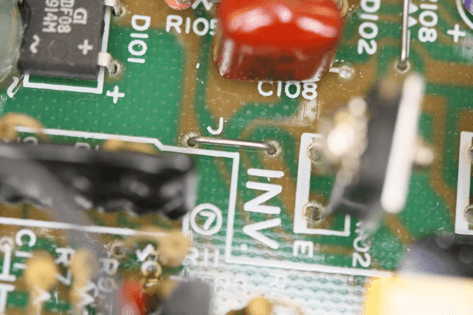
Standard spec of jumper wire
SHOWA SEISEN's printed circuit board jumper wire is manufactured based on the following standard specifications. If you require a jumper wire of sizes other than those listed below or custom-made specifications, please send us your specifications or consult us directly.
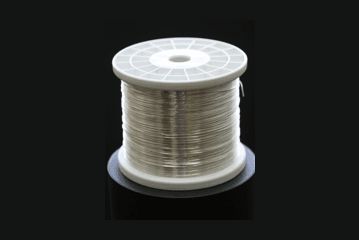

Advantages of using SHOWA jumper wire
There are three advantages of using the SHOWA jumper wire.
Merit01
Cost Reduction
SHOWA SEISEN is a manufacturing company located in Japan and sells at a reasonable price without intermediate margin. So we can contribute to cost reduction of your company.
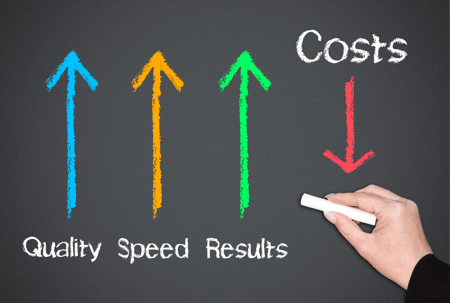
Merit02
Quality Improvement
SHOWA jumper wires can improve the quality of your company's products.
We purchase traceable raw materials and we are inspecting under strict standards in the manufacturing process.
Merit03
Original processing method
We have been manufacturing jumper wire since 1977.
We are designing the optimum plating thickness as a jumper wire.
For many years many companies have used our products.
We have acquired ISO 9001 certification, an international quality management system.
SHOWA jumper wire can be processed into various forming shapes.
SHOWA is a manufacturer that manufactures jumper wires from raw materials.
First of all we will procure high quality raw materials. We wire drawing tough pitch copper wire (φ2.6) and then plating using original plating facility.
From standard bobbin items to various forming shapes, we can consistently produce.
Selection of jumper wire
You can choose the type of jumper wire of your request.
The standard specification jumper wire is a bobbin winding type.
Custom-made jumper wires can be produced with the required wire diameter.
We can also produce jumper wires taped and bent with custom specifications.
Bending can be provided according to the bending pitch specified by the customer.
Jumper wire (standard specification)
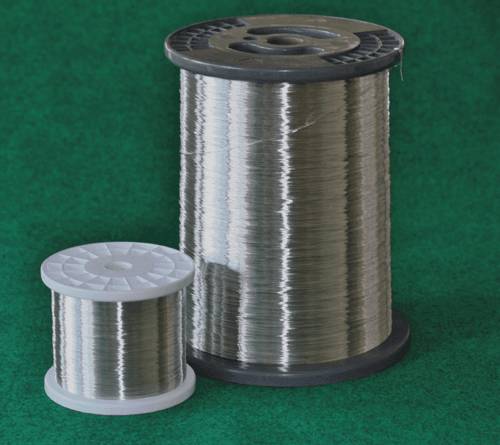
Bobbin winding type
It is a bobbin wrapped with a jumper wire, you can select wire diameter and bobbin size. Standard specifications are tin-plated copper wire. There are three types of bobbins (P3, P5, PT20) according to the weight, P3 = 4 kg ± 1 kg, P 5 = 7 kg ± 1 kg, PT 20 = 20 kg ± 2 kg can be wound.
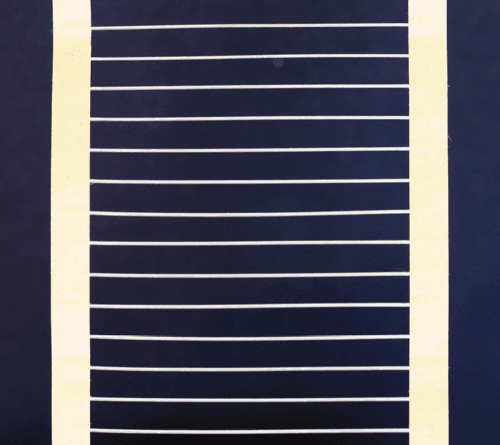
Taping type
The taping type jumper wire is cut into a ladder shape by cutting with a taping width of 26 mm or 52 mm. Taping type jumper wires are used for mounting lines for inserting jumper wires.
Jumper wire (custom specification)
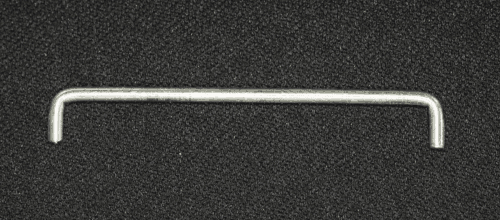
U3 type
It is a jumper wire which made a bending work on "U" shape. It is bent so that it can be plugged into the board. You can select and specify the wire diameter and width of the jumper wire.
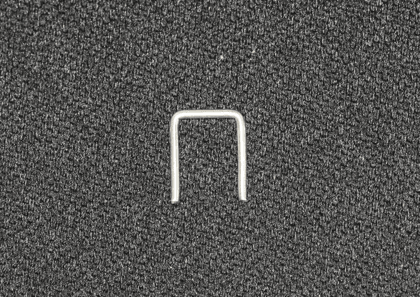
U5 type
It is a jumper wire which made a bending work on "U" shape. It is bent so that it can be plugged into the board. You can select and specify the wire diameter and width of the jumper wire.
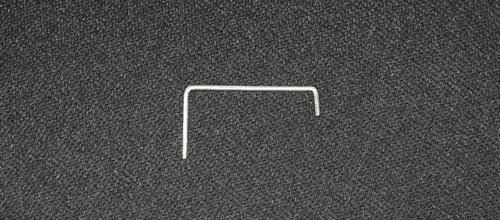
L3 type
It is a jumper wire bent to 'U' shape, which is asymmetrical in height. The height of one side is fixed at 3 mm, but the height of the other foot can be selected from 0 mm to 12 mm.
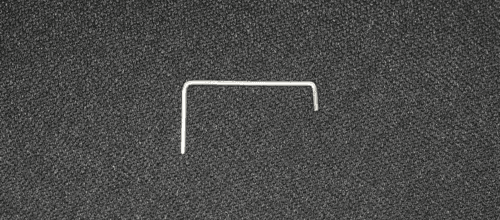
L5 type
It is a jumper wire bent to 'U' shape, which is asymmetrical in height. The height of one side is fixed at 5 mm, but the height of the other foot can be selected from 0 mm to 12 mm.
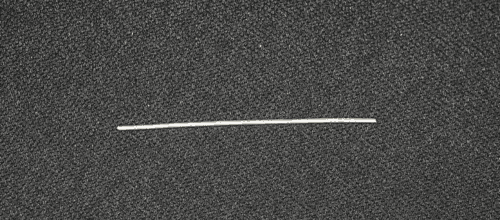
I type
It is a straight cut jumper wire according to the specified length. Wire diameter and width can be selected.
Success record
Achievement 01
Cost reduction effect by the wire diameter size down
Point of VA of jumper wire
If you reduce the wire diameter of the jumper wire you are currently using, you can expect a cost reduction effect.
Just by reducing the wire from φ1.0 to φ0.9 by 10%, the length will be 1.23 times. Down by 40% size from φ1.0 to φ0.6 The length becomes 2.8 times, and large VA effect can be expected.
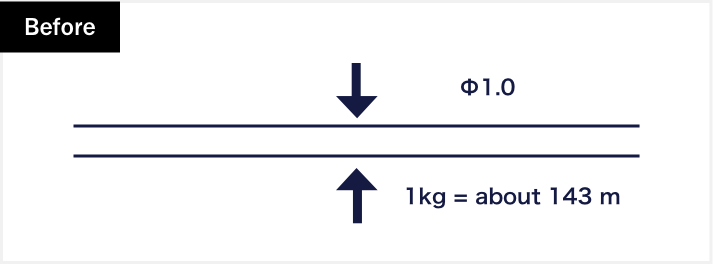
Although the wire diameter of the jumper wire was determined by calculating the allowable current amount, by changing the design of the board, there is no problem even if the diameter decreases as the amount of current flowing decreases.
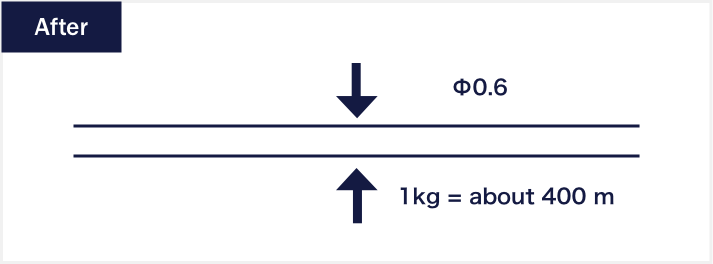
By reducing the wire diameter, the length became longer, and the jumper wire used was reduced.
Achievement 02
Prevention of short time breakdown in the production line of jumper wire automatic inserter by improving set position of bobbin
Points to prevent short time breakdown in the production line
When you pull out at the top of the jumper wire from the bobbin, be sure to set the bobbin right under the supporting point(*).
By doing so, we solve many problems that jumper wires are not smoothly fed from the bobbin.
Since the jumper wire of SHOWA wraps the wire with constant tension, it is possible to feed out nothing with jig.
PT 20 (20 kg weight) is a tapered bobbin, so you can pull out the wire smoothly by pulling the jumper wire straight up.
However, when it is not possible to set it just below due to the space, or if you draw discontinuous jumper wire, effectively utilizing jigs such as flier, nylon brake flier, will help prevent short time breakdown in the production line.
※ the supporting point refers to the roller on which the jumper wire first contacts.

If the bobbin is not set right under the supporting point, a jumper wire may be caught in the flange and the wire may not be smoothly fed out.
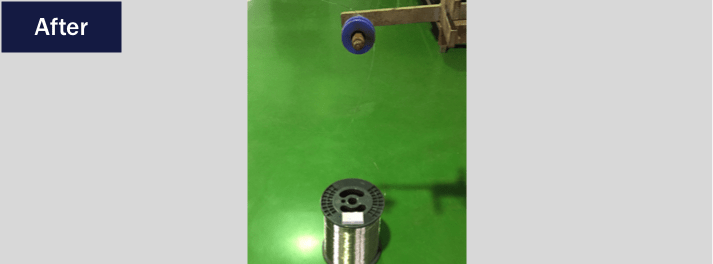
By setting the bobbin just under the supporting point, the jumper wire is pulled out smoothly from the bobbin.
Achievement03
Improvement of setup change efficiency by making bobbins big size
Points of productivity improvement
There are bobbins of sizes such as P3 (4kg), P5 (7kg), PT20 (20kg), etc. on the bobbin wound with wire material such as lead wire. Selecting a bobbin size of an appropriate size according to the amount of wires to be used and the intended use is a key point for improving productivity. If the production volume is large and the process of changing the setup is costly, it is more efficient to feed the wire from the bobbin of PT20 (20kg). For small batch production, selecting a relatively small bobbin such as P3 or P5 is a point of increased efficiency.
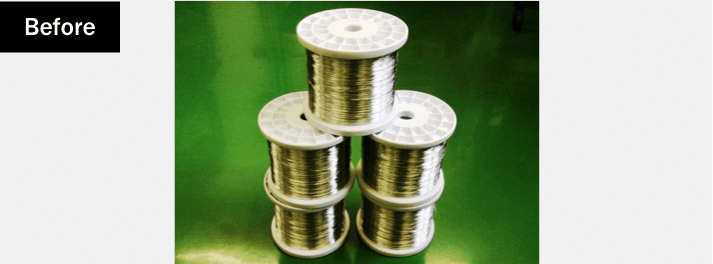
When handling a large amount of wires such as lead wires, we used many small sized bobbins of P3 (4 kg) in consideration of transportation convenience. However, in P3 bobbins there is a limit on the number of turns per bobbin, so it was necessary to frequently change bobbins. Therefore, the number of setups increases and the production lead time tends to be long. In addition, since many bobbins are used, the storage space is also wider than necessary, which can also increase the storage cost.
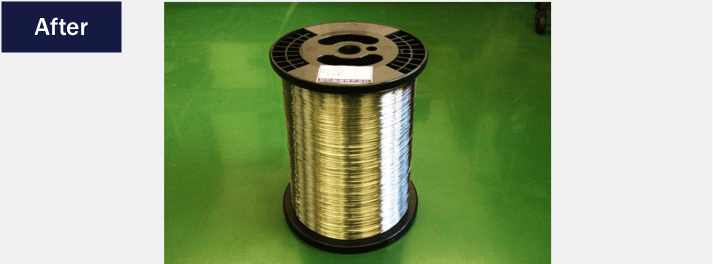
When using wire materials such as lead wires for mass production, reduce the number of setups and shorten the production lead time by increasing the size to the bobbin of PT 20 (20 kg) instead of the small bobbin of P 3 (4 kg) Is possible. Also, since the number of bobbins handled is greatly reduced, it is also possible to reduce inventory space and reduce management costs.
Achievement04
Discoloration prevention by wire packing in vacuum
Points of export packaging
When handling wires, it is important to prevent discoloration problems beforehand. Copper discolors in the atmosphere due to dew or air pollution. This is a phenomenon that occurs when a coating of oxide is formed on the surface of copper, and the discoloration of the copper surface varies depending on the thickness of the oxide film. When exporting from Japan to Southeast Asia and other areas with different outside temperatures, copper tends to discolor, so it should be avoided to pack the vacuum packing of bobbins and moisture-proof material in a box for shipping and not to condense It becomes a point.

When wire is exported overseas, condensation may occur due to temperature change of the atmosphere during transportation. If the condensation adheres to the surface of the wire, the wire will oxidize and discolor. Not only will the appearance of the discolored wire become worse, rust may occur and it may become impossible to use it due to poor quality. In particular, in the case of overseas products, it will take a lot of time to re-manufacture and re-export, so you should avoid quality degradation problems due to condensation.

Wires to be exported abroad can be avoided discoloration of copper wire due to dew condensation by carrying in vacuum packing and shipping in a box. Also, even when shipping to domestic, if moisture condensation due to temperature change is concerned, you can take moisture by bundling the moistureproof material with copper wire, and it is possible to suppress discoloration problems. Wire materials such as copper wires will be packed and shipped after inspection, but unexpected troubles may occur during transportation. By taking measures in advance, it is possible to avoid such discoloration problems.
Achievement05
Reduction of material loss by using until the end of the bobbin
Points on using the jumper wire
When using wires, it is possible to reduce the material loss as much as possible if it can be used as far as possible to the edge, which is a point for cost reduction. Usually manufacturers tie wire to bobbins and start winding, but in that case a knot can be made, resulting in loss of material, and if it gets caught in a wire drawing machine or winding machine as it is, it can lead to breakdown. By drilling a hole in the bobbin, you can minimize material loss by hooking the end of the wire rod there, and it becomes possible to use all the copper wires.
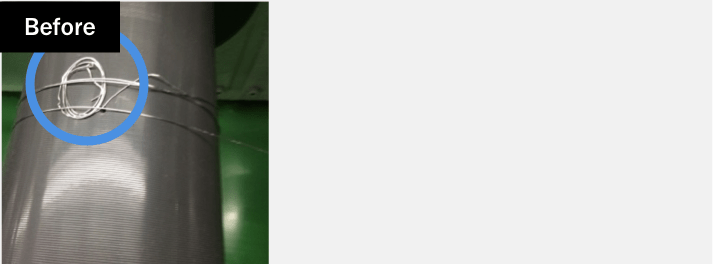
When wires such as copper wires are wound on bobbins, it is common to tie them and fix them as shown in the above picture to fix the ends. However, because the tying copper wire can not be used, it will be discarded, so the copper wire wound around the bobbin can not be used until the end, causing material loss of the copper wire. Also, when unwinding the copper wire from the bobbin, in the end it enters the wire drawing machine and the winding machine as the knot of the knot, the copper wire becomes entangled and the wire drawing machine and the winding machine break down You may.
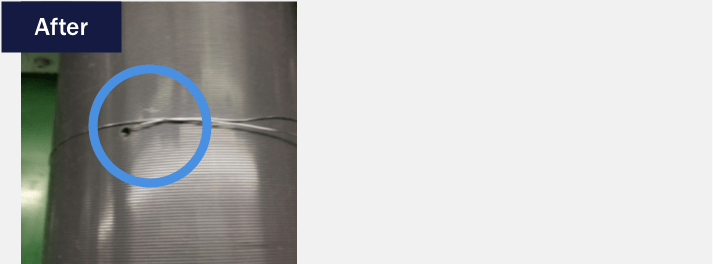
By drilling a hole in a bobbin around which a copper wire is wound and winding a wire rod around the bobbin starting from that hole, it is possible to use the copper wire wound around the bobbin to the end, which leads to a reduction in material loss, You can improve the yield. Also, even if the wire is used up to the end, the copper wire can be unwound neatly, so the copper wire does not clump and it will not cause failure of wire drawing machine and winding machine.
Achievement06
Reducing the risk of wire entanglement by bundling holes at the ends of bobbins
Points on using the jumper wire
As one of the voices frequently asked by customers who use bobbins, there are things where the binding part at the end is hard to understand if it is Y-shaped banding. Therefore, by tying together by utilizing hole bundling at the end of bobbins, you can see at a glance where the end of the wire is. In addition, when binding a hole at the end of a bobbin, the binding force also becomes stronger than the Y-shaped binding, so it is possible to prevent looseness of the wire before use and to prevent unwinding of the wire.
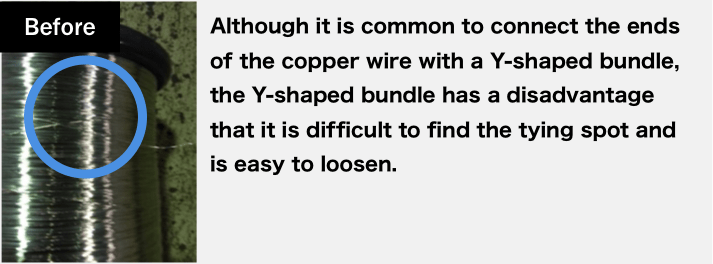
In general, the end of a copper wire wound on a bobbin is often Y-shaped as shown in the above figure. However, Y-shaped bundling takes time to find the position of the end, and workability may decline. Moreover, it is possible to easily unbind by Y-shaped banding. If the copper wire wound around the bobbin unravels, unnecessary work will be generated in the setup and bobbin set.
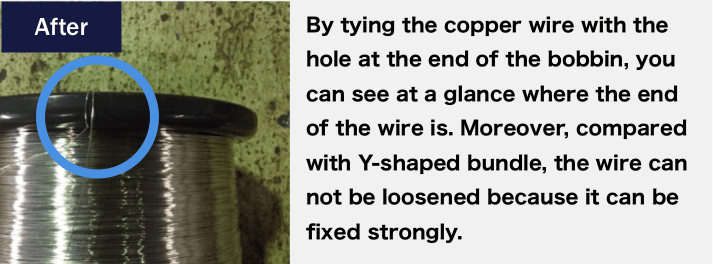
Fixing the end of the copper wire to the flange of the bobbin makes it easier to grasp where the end of the copper wire is and it can improve working efficiency. Also, when binding to the flange of the bobbin, the fixing force is stronger than the Y-shaped bundle, so the copper wire will not unravel or become loose. This makes it possible to perform smooth work.
Contact Us
FAQ
We are always stocking standard jumper wire so that we can deliver to customers immediately after P / O is issued. Also, we will arrange the jumper wire for special order after confirming the detailed specification.
Specifications (wire diameter, shape, kind of plating, etc.) and quantity and destination information are required for the jumper wire quotation. In addition, if detailed specifications are not confirmed, we will propose the optimum jumper wire if you can contact us how to use and environment.
Regarding the manufactured jumper wires, we respond to the creation of certificates and submission of data on various environmental regulations. In addition, we are using tin-plated annealed copper wire corresponding to lead-free, and we are making jumper wires by a manufacturing method with less environmental burden.
We have many overseas exports and delivery results of jumper wire. We export to China and Southeast Asia (Thailand, Vietnam, Philippines etc.), Mexico, USA, etc. not only in Japan but all over the world.
All jumper wires are manufactured at the factory in Japan. The jumper wire of SHOWA SEISEN is producing under the quality control system according to ISO 9001 which is the international quality management system.
Features of SHOWA SEISEN jumper wire
As a specialized manufacturer of copper wire processing, SHOWA SEISEN manufactures lead-free solder plated copper wires used for electronic parts, including wire conductor processing.
The reason why the jumper wire of SHOWA SEISEN is supported is originality technology.
Feature 1
Production of jumper wire according to the size of printed circuit board
SHOWA SEISEN can produce custom-made jumper wires with bending process, including bobbin winding and jumper wires with taping processing.
Customized bending jumper wire can change wire diameter and bending shape according to customer's requested various boards.
SHOWA SEISEN supports selection of appropriate jumper wires to technical advice and production according to the environment and application to be used.
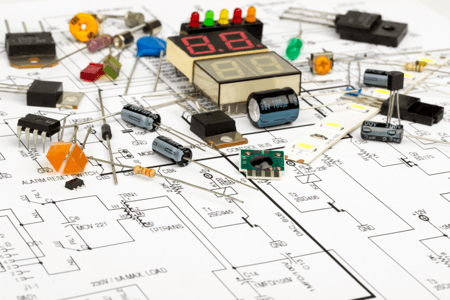
Feature 2
R & D type manufacturer
In SHOWA SEISEN we are conducting research on highly productive plating methods and manufacturing and developing special order jumper wires. Moreover, in order to deliver higher quality jumper wires to customers, we have introduced the latest inspection equipment such as fluorescent X-ray measuring instruments and digital microscopes that can measure plating thickness non-destructively.
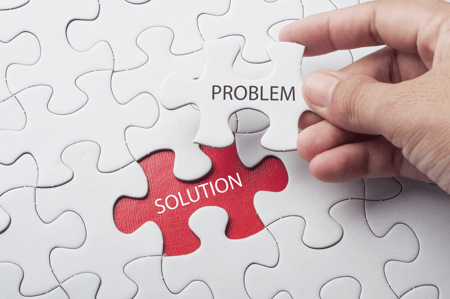
Feature 3
Compliance with RoHS Directive and REACH Regulation
SHOWA SEISEN manufactures jumper wires complying with environmental regulations including RoHS directive and REACH regulation and creates certificates against environmental regulations such as RoHS Directive and REACH Regulations. SHOWA SEISEN supports lead-free and manufactures environmentally friendly jumper wires.

Feature 4
Quality management system according to ISO 9001
Based on ISO 9001 which is a quality management system, quality control of the jumper wire is carried out.
Perform outer diameter measurement, tensile test and flexibility test to confirm that there is no problem in performance. Concerning the thickness of plating, check the plating thickness by conducting thickness test of plating.
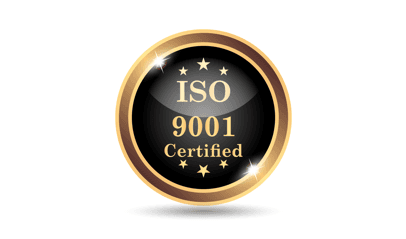
Feature 5
Experience of overseas exports
The jumper wire of SHOWA SEISEN is not only for Japan, there are many results of overseas export. When exporting overseas, vacuum packing is carried out to prevent rust from occurring due to dew condensation during transportation and packed strictly. There are many exports to overseas such as China, Thailand, Vietnam, Philippines, the United States, Mexico.
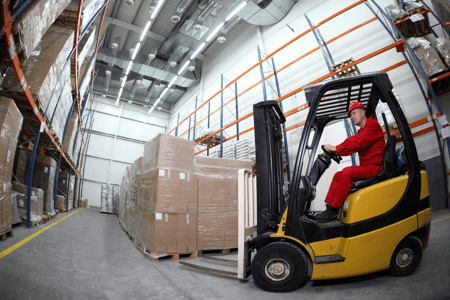

Equipment on which jumper wire is used
- Housing equipment
- IH cooking heater
- Air conditioner
- Lighting fixtures
- Water meter
- AV home appliances
- TV
- Blu-ray recorder
- Audio equipment
- Consumer electronics
- rice cooker
- Robot vacuum cleaner
- Washing machine
- Stove
- Refrigerator
- etc
Quality control system (quality management system according to ISO 9001)
SHOWA SEISEN manufactures jumper wires under the quality control system based on ISO 9001. JIS C 3101 (hard wire for electric wire) is used for the core wire used for the jumper wire. Then wire drawing, annealing and hot plating are applied.
Measurement of wire diameter
Measure the specimen about 200 mm in length with an outer micrometer in 0.001 mm increments. Measure two or more times at almost equal angles in the same coplanar plane and make the finished outside diameter as the average value of them.
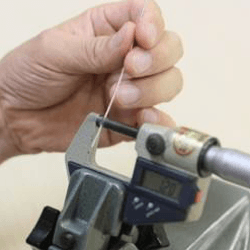
Measurement of wire diameter by micrometer
Tensile test
Using a tensile tester, conduct a tensile test of the jumper wire. The tensile test is performed according to JIS C 3002-5.
Measurement of repeated bending strength
We take a specimen about 150 mm in length and measure with a bending test machine with a radius of curvature of 0.4 mm.
The bending strength of the jumper wire is measured by bending the specimen back to its original position, bending it 90 degrees in the opposite direction and restoring it as one cycle with one reciprocating motion and repeating until this is broken.
Plating Thickness Measurement
After measuring the finished outer diameter, remove the plating layer and measure the diameter of the core wire. Set the plating thickness to 1/2 of the difference between the finished outside diameter and core diameter. Also, if necessary, measure the plating thickness using the latest X-ray measuring instrument.
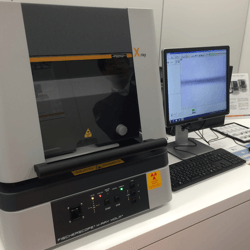
Fluorescent X-ray measuring instrument
Visual inspection
Visually check the surface of the jumper wire, check its appearance for defects and defects by touch. In the case of a bobbin-wrapped jumper wire, the jumper wire firmly wraps around the bobbin and confirms that the position of the end portion is easy to understand. Also, use the digital microscope (20 times to 200 times) as necessary to inspect the appearance.
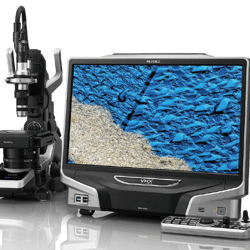
Digital microscope
Number inspection
When shipping the jumper wire, after confirming the specified item and number, packing work will be carried out.
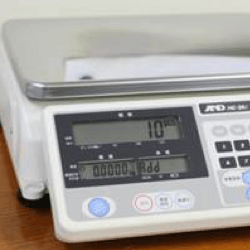
Number inspection by counting scale
Packing inspection
Wrap kraft paper around the surface of the jumper wire and pack it in a corrugated box case. Also, paste the label in an easily visible position. If there is concern about rust due to dew condensation due to export, vacuum packing will be carried out and shipping may be done in some cases.
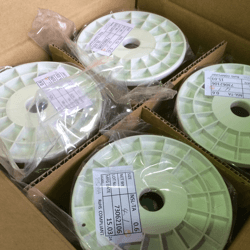
Vacuum packing
Response of environmental survey
In SHOWA SEISEN we are responding to various environmental surveys including RoHS directive and REACH regulations. In addition, we are using plating material (tin) that corresponds to lead-free, and we are making jumper wires with a manufacturing method with less environmental impact.
Lead-free solder
Lead is a substance harmful to the human body, but solder, which is an alloy of lead and tin, was used when mounting electronic parts on board. Lead-free solder that does not contain lead has been developed due to concern about the influence on the human body and the natural environment when being treated as waste. Even if it is lead-free, it is difficult to completely reduce the lead content to 0, so the following content ratios are specified for the RoHS directive and JIS Z 3282 (solder - chemical component and shape), respectively.
- RoHS Directive: content of 1000 ppm (0.1 wt%) or less
- JIS Z 3283: Content of 0.10% by mass or less
RoHS Directive
The RoHS (Abbreviation for Restriction of Hazardous Substances) Directive is a restriction on hazardous substances and is a directive that prohibits the use of certain harmful chemical substances in electrical and electronic products such as computers, communication equipment, home appliances and so on. Specific hazardous chemical substances subject to the RoHS Directive are lead, mercury, cadmium, hexavalent chromium, polybrominated biphenyl, and polybrominated diphenyl ether, each of which has a specified content rate. However, in the absence of alternative means of harmful chemical substances restricted by the RoHS Directive, it is exempted from application within certain limits. The RoHS Directive is enforced together with the WEEE (Waste Electrical and Electronic Equipment Department of Veterinary Department) directive, which is a command to promote the collection, recycling and collection of electrical and electronic equipment, and the RoHS Directive is enforced by the WEEE Directive on waste electric and electronic equipment It aims to make it easy to collect, recycle and recover, and ultimately do not affect the human body or the environment when landfilling or incineration disposal.less
REACH Regulation
REACH (Abbreviation for Registration, Evaluation, Authorization and Restriction of Chemicals) is a regulation aimed at comprehensive registration, evaluation, permission and restriction of chemical substances in Europe. Chemical substances covered under the REACH regulation are called substances of high concern (SVHC) and are considered substances that can cause extremely high concern for the environment and the human body. By regulating these, it is possible to ensure safety from chemical substances that are highly concerned about hazards.
JAMP AIS
JAMP AIS is a chemical substance information sheet (Article Information Sheet) issued by Joint Article Management Promotion-consortium (JAMP). JAMP AIS is an information transmission sheet for conveying information on chemical substances contained in products recommended by JAMP. In 2007 REACH regulations were enacted in the EU and it became required for the information on inclusion of candidate substances (SVHC) to be approved in the product to be transmitted through the supply chain, so JAMP molded based on MSDSplus information Information on chemical substances contained in products is converted to AIS and transmitted.
Conflict minerals
Conflict Metal is a mineral resource excavated in conflict areas such as Africa. Although conflict minerals are valuable foreign currency-harvesting resources for producing countries, it is pointed out that there are aspects that prolong the civil war etc. as a source of funds for armed groups, causing aspects of human rights violations.
Therefore, the Electronics Industry Citizenship Coalition (EICC) and the Global e - Sustainability Initiative (GeSI) issue a conflict mineral investigation form to clarify the use and non - use of 4 metals (gold, tin, tungsten, tantalum) and their refineries. This is to the US Securities and Exchange Commission (SEC) on the use of conflict minerals to companies listed on the US in the US Financial Regulatory Reform Act Article 1502 Dodd-Frank Wall Street Reform and Consumer Protection Act It is obligatory that reporting is obligatory.
SHOWA SEISEN, we are handling the latest environmental survey certificate and data submission on jumper wires.


